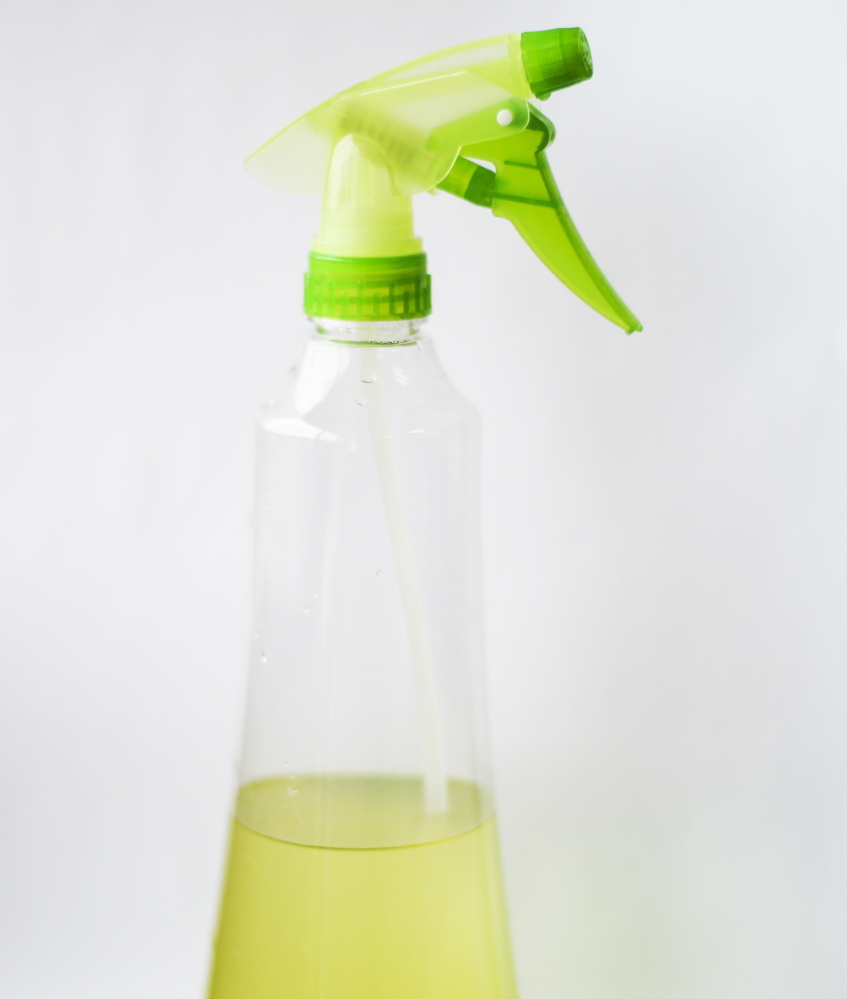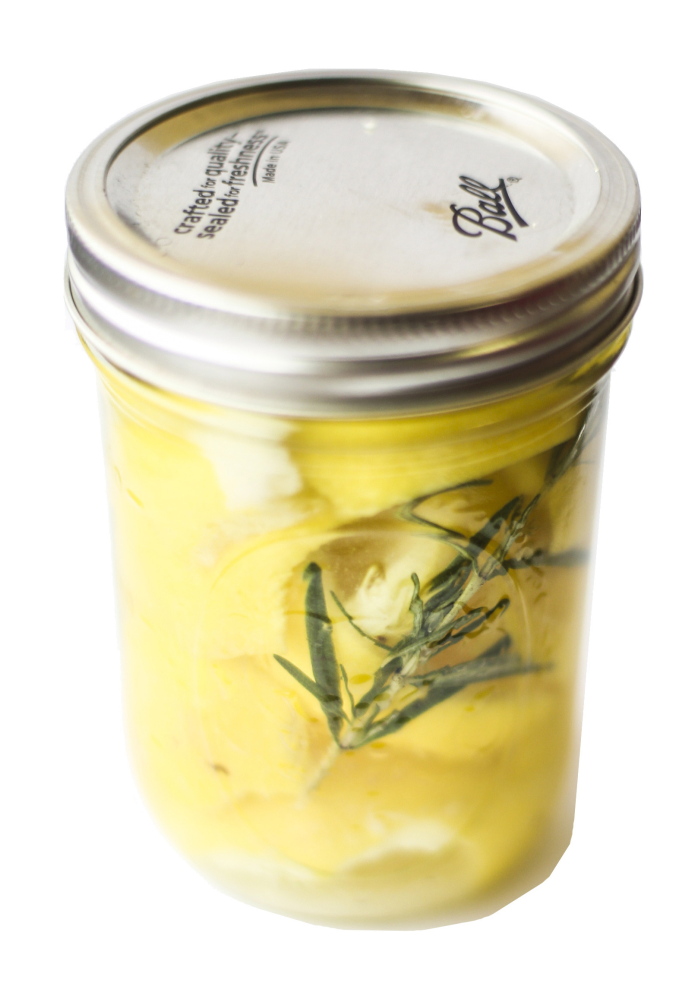We lost power more often in Central Pennsylvania than we do in Maine. After a tornado touched town in Carlisle, Pennsylvania, our home didn’t regain power for six days. We had two fridges and a freezer, all filled with food that had to be consumed or perish. A first-world problem, indeed. But it’s also why when a big thunder boomer hits, I think of food safety, the discipline of handling, preparing and storing food to prevent food-borne illness.
In truth, the only way to put a sustainable-eating spin on a power outage is to compute the decreased energy consumption. But there is a lot a green-minded cook can do to keep the food passing through her kitchen safe whether the power is on or off.
Clean surfaces are paramount to food safety. Try replacing chemical-heavy, anti-bacterial commercial products with DIY cleaners containing ingredients – like salt, lemons, baking soda and white vinegar – that are already in the pantry and can disinfect all sorts of kitchen surfaces.
Take the butcher block, for example. Even if you are militant about cutting only bread, cheese and fruits and vegetables on it, bacteria happens. To disinfect, sprinkle the board with coarse salt and use half a lemon, cut side down, to scour the surface, squeezing it just a bit as you go. Let the lemony salt sit for five minutes and use a wide spatula to scrape off the dirty liquid. Use a clean, damp dish towel to give it a final wipe.
Salt also will clean your refrigerator. Once you’ve eaten its contents in anticipation of a week’s vacation, wipe down the shelves with a simple mixture of salt and soda water to disinfect and deodorize simultaneously.
Drop the spent lemon from cleaning your cutting board and very hot water into a microwave-safe measuring cup and microwave it on high for 2 minutes, then keep the door shut for 5 more. The steam from the hot lemon water helps disinfect the oven’s walls and loosen the schmutz. Just wipe off any baked-on foods that could be feeding micro-organisms in there.
To remove the caked-on gunk in your stove’s burner wells, make a paste of baking soda and warm water and slather it all over the stove top. Scour first with a sponge and then wipe away the paste, food remnants and anything else lurking there. Taking advantage of your regular dishwasher run to routinely disinfect any sponges in your kitchen is another green way to reduce bacteria.
To wipe down sinks, counters, walls, windows and even floors, hoard a jarful of citrus peels (they contain d-limonene, a natural solvent that chemically reacts with grime to break it down while making the whole kitchen smell great), steep them in white vinegar and pour the mixture into reusable squirt bottles (recipe below).
If you have to run out and buy these basic supplies, be sure to use the spray to disinfect your reusable bag before putting it back in your car for the next grocery run.
FRESH CITRUS-ROSEMARY VINEGAR CLEANER
This is a recipe I’ve adapted from one posted on thekitchn.com. It takes about a week for my family to accumulate enough peels if we’re steadily consuming citrus, but if you consume them at a slower pace, just remove any remaining pulp and freeze the peels until you have enough to make this recipe.
Makes 1 quart of cleaner
INGREDIENTS:
3 packed cups of citrus peel (lemon, lime, orange or grapefruit)
2 sturdy rosemary sprigs
4 cups white vinegar
Water (optional)
EQUIPMENT:
1 quart jar with a fitted lid
Fine-mesh sieve
Reusable spray bottle
Stuff the peels and rosemary into the jar. Pour in the vinegar. Place lid on jar and tighten. Put in a dark, cool place, like under the sink, for 10 days. Strain the vinegar into a wide-mouthed pitcher. Pour 1 cup of cleaner and 1 cup of water into the squirt bottle for general cleaning purposes. Reserve the rest at full strength for future use.
Christine Burns Rudalevige is a food writer, recipe developer and tester and cooking teacher in Brunswick. She writes about feeding her family Maine seafood at www.familyfish.net. Contact her at:
cburns1227@gmail.com.
Send questions/comments to the editors.



